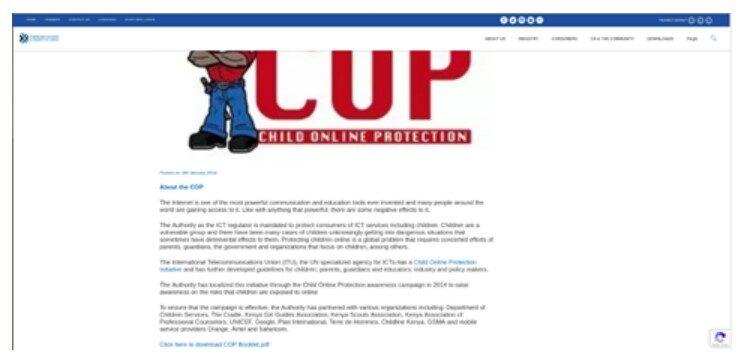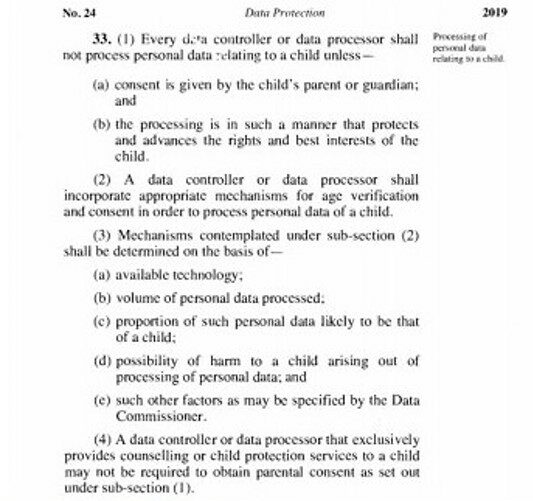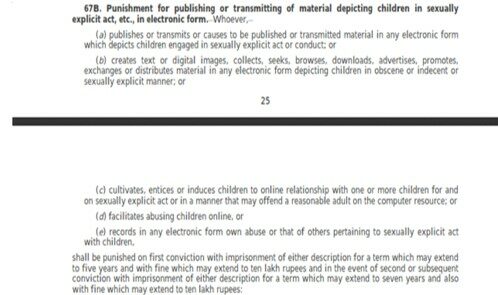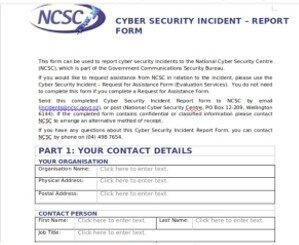26
As technology keeps on progressing, there is a need for blending technology in teaching and learning. One way is by students learning online using smart devices and computers. This has made learning and teaching easier especially during the Covid-19 pandemic. However, as students learn online, there are several risks they may face like cyber bullying, violent content, child pornography and cyber-attacks.
Laws are used to rule and govern how a country or state will run by protecting people and maintaining public order. Countries and states around the world have implemented laws that ensure the protection of children while online. Most of these laws are acts and we will look at different acts in countries within the different commonwealth regions including Africa, Asia, Europe, Pacific, Caribbean and Americas.
Non-Governmental organizations have also highly contributed to ensuring child online protection. For example, the International Telecommunication Union (ITU) – a United Nations agency that came up with guidelines for parents and educators on Child Online Protection. The key objective of the guidelines is to identify risks and vulnerabilities to children in cyberspace, create awareness, develop practical tools to help minimize risks and lastly share knowledge and experience.
These guidelines are for children, parents, guardians and educators, industry and policymakers and they aim at setting up a base for safer and secure internet services and technology for children.
The official guidelines for parents and educators documentation can be found on this link
The organization has also developed a workbook for students (9-12years) to teach them about their rights and safety online by providing six scenarios which they may face while learning online. The scenarios are:
- Right to play online
- Managing screen time
- Exposure to inappropriate content
- Right to use digital media to learn
- Privacy
- Adult role modelling of positive use of digital media
There is also a teacher’s guide that provides online safety exercises in a classroom setting with the aim of inspiring students to tackle online safety through their teachers.
Most countries in the commonwealth have collaborated with ITU with the aim of developing localized guidelines for child online protection.
Commonwealth Regions
Africa
For this region, we will look at laws and measures taken by Kenya to ensure child online protection.
In Kenya, the Communication Authority of Kenya, an ICT regulator under the Ministry of ICT, is responsible for ensuring child online protection. One way the authority does this is by creating awareness through campaigns on risks that children are exposed to while accessing online services like virtual learning.
The authority works closely with several local institutions like mobile service providers and the Department of Children Services to create awareness. The authority has a website that a parent, guardian or teacher can use to report any cyber risk a student has faced while learning online.

The Children’s Act No.8 of 2000 makes provision for parental responsibility, fostering, adoption, custody, maintenance, guardianship, care and protection of children. This provision extends to protecting children while learning online.
The Data Protection Act No. 24 of 2019 says the following when it comes to protection of children’s data

Asia
For this region, we will look at laws and measures present in India to ensure child online protection.
In India, the Information Technology Act 2000 Section 67 B talks about punishment for anyone who facilitates abuse of children online. He or she may be imprisoned for up to seven years and fined up to ten lakh rupees ($13539.00).

The National Policy of ICT in Schools (2012), focuses on regulating ICT to protect students from online risks. It has provisions for regulating and monitoring access to the internet.
The National Cyber Security Policy (2013), covers on the prevention, investigation, and prosecution of cybercrimes. This includes cyber-crimes against children and online students. The law enforcing agencies e.g. the police, will investigate these crimes and collate information for prosecution.
The Computer Emergency Response Team (CERT) website can be used to report cyber incidents faced by students while learning online. CERT in India conducts training to create cyber security awareness. Such training impacts teachers and parents on cyber security and ways they can protect their children online.
Europe
For this region, we will look at laws and measures present in the United Kingdom to ensure child online protection.
In the UK, Child Exploitation and Online Protection Command (CEOP), a command of National Crime Agency, is responsible for taking national and international online child sex offenders to court. This includes persons involved in production, watching, sharing and distribution of such material. Anyone, be it a child, parent or guardian can report child online exploitation concerns like inappropriate or potentially illegal activity with or towards a child online to the CEOP safety centre.
Sexual Offences Act 2003, Protection of Children Act 1978, Criminal Justice and Immigration Act 2008, and Malicious Communications Act 1988, can be used in the court of law to support cyber related crimes against a child.
Cyber related concerns related to a student can reported on the Computer Emergency Response Team website.
Pacific
For this region, we will look at laws and measures present in New Zealand to ensure child online protection.
In New Zealand, the Crimes Act 1961 (Section 124B) focuses on indecent communication with young people under 16 years in whatever manner (this includes through online means). This law is used to protect students against online predators who are after gullible students. It is therefore important to create cyber awareness in schools and homes to protect students from such incidents.6
The Films, Videos, and Publications Classification Act 1993 (Section 127) protects children online by posing a hefty punishment of a fine of up to $30,000 for exhibiting an objectionable publication to a minor. A different section of the same act considers publication as age restricted if it has highly offensive language that may cause harm to persons under a certain age. This act can be used to protect students online from sensitive adverts and videos.
The New Zealand Cyber Security Strategy aims at ensuring protection of children online through the Online Child Exploitation Across New Zealand (OCEANZ). This is a specialized police unit responsible for protecting children from online abuse.
How then can a teacher, guardian or parent report a cyber incident? CERT NZ provides a website where one can report cyber incidents. Another way is through filling forms available on the National Cyber Security Centre website and sending them through email indicated on the forms.

Caribbean & Americas
For this region we will look at laws and measures present in Canada to ensure child online protection.
In Canada, the Criminal code 1985 touches on PII in regard to credit card and passwords, unauthorized use of computer and identity theft. This code can be used in a court of law to prosecute anyone who risks the safety of a student while studying online.
Canadian Centre for Cyber Security oversees the handling of cyber incidents. Reported incidents are also analyzed before forwarded to responsible law enforcement agencies. This includes risks students can face online such as identity theft or fraud.
Online concerns touching on online sexual exploitation of students or children can be reported using the cybertip website. This platform is operated by the Canadian Centre for Child Protection. Reports made through cybertip are analysed based on the criminal code to determine if the incident is illegal. If it is, it is forwarded to the law enforcement agency.

Case Study on Child Online Abuse
Additional Reading Material
- Child Online Protection Act – USA
- Data Protection Act – Kenya
- Information Technology Act – India
- Criminal code – Canada
- Crimes Act – New Zealand
- Films, Videos, and Publications Classification Act – New Zealand
- Protection of Children Act – United Kingdom
- Guidelines for parents and educators on Child Online Protection by ITU

